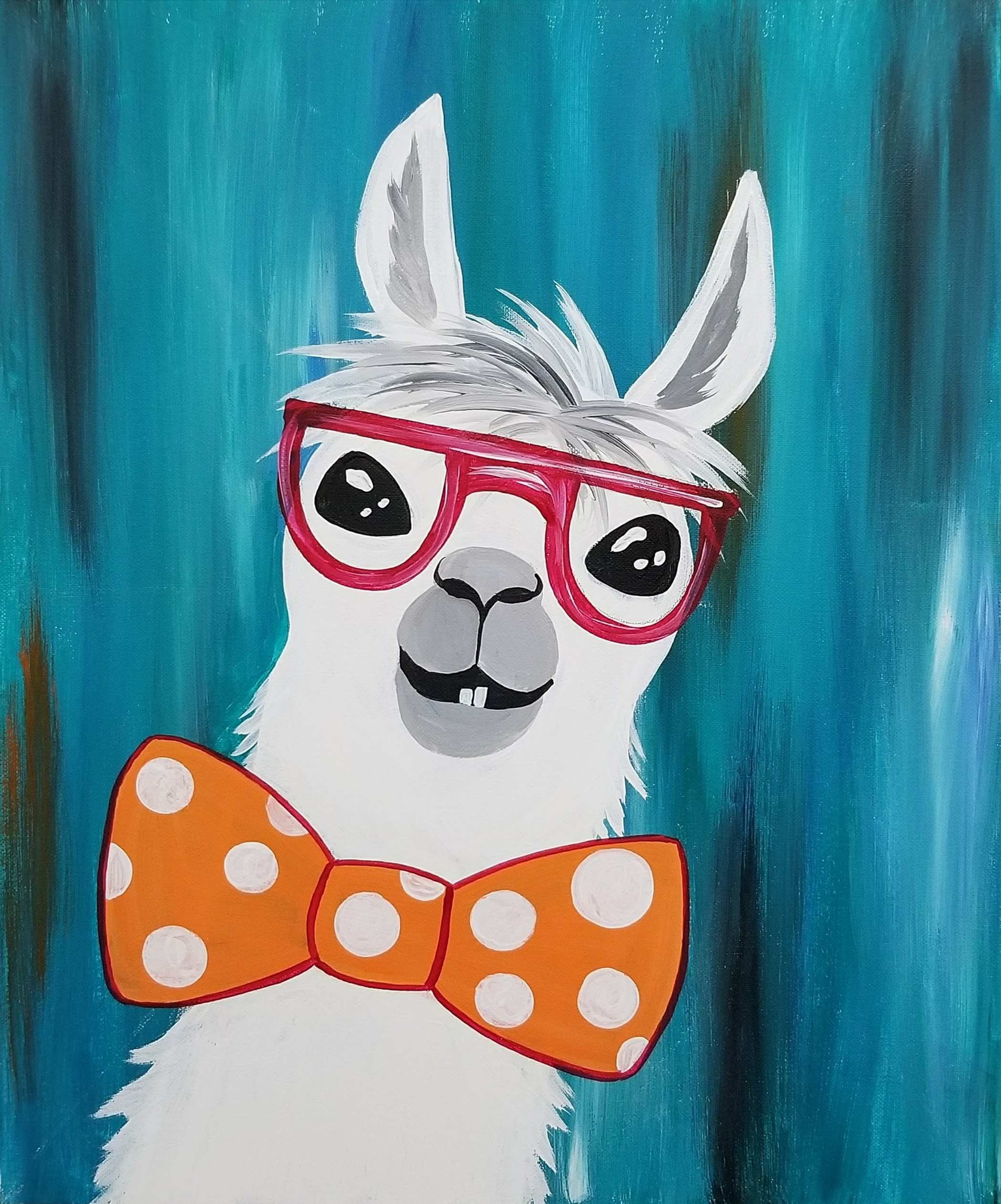History of Llamas
On 3/16, we'll be painting an adorable llama, so what better time to learn about some fun facts about these cute camelids?

There are a number of benefits to caring for llamas. They are very intelligent and can be trained with only a little repetition. Their feces is almost odorless, which makes it a great fertilizer that doesn't offend the senses! Llamas don't bite, though they may spit when agitated. However, being social animals means they are pretty calm when domesticated, and they will actually hum to each other! Imagine a symphony of llamas! If you can't tell if it's a llama or alpaca you're admiring, llamas are usually twice the size of their cousins, with longer, straight ears. You can crossbreed them, however, to produce a huarizo. Who wouldn't love a miniature llama!

